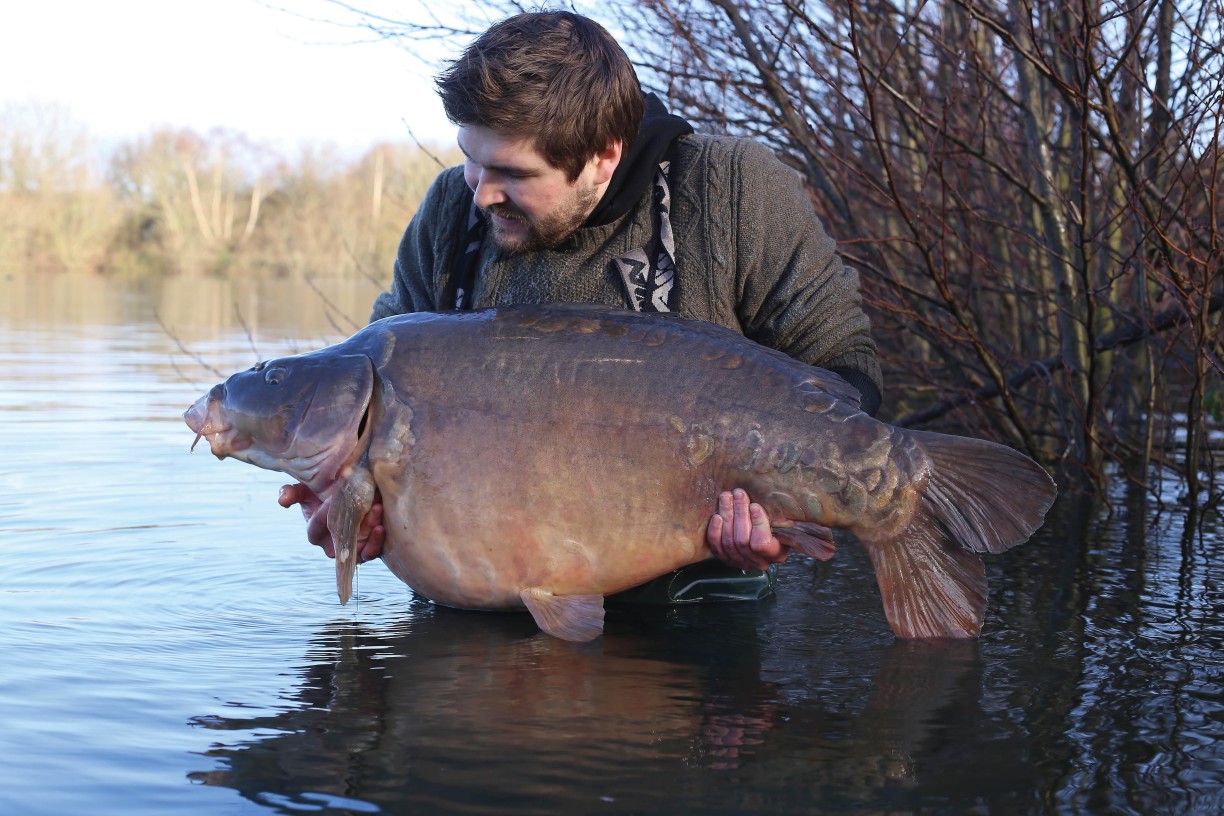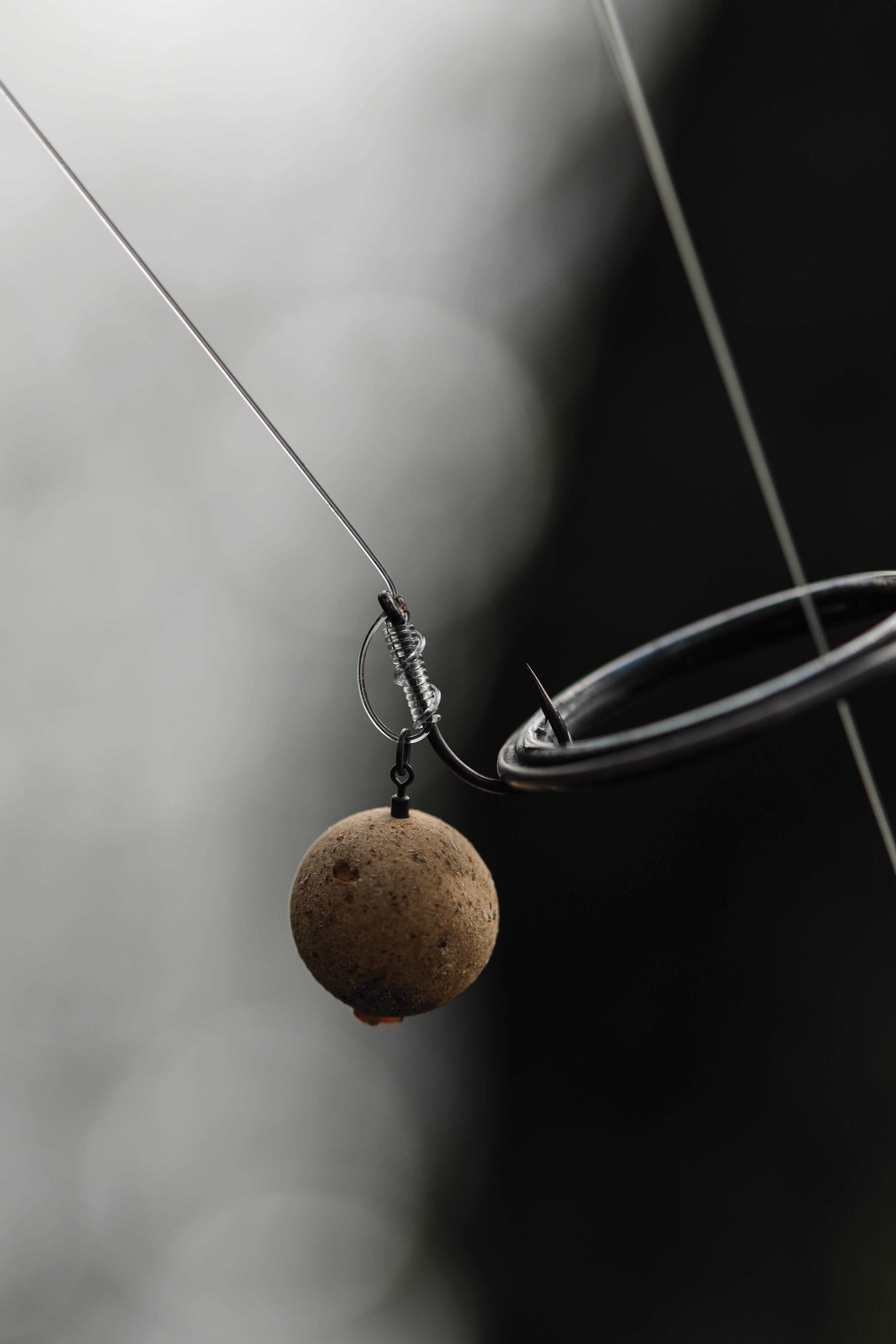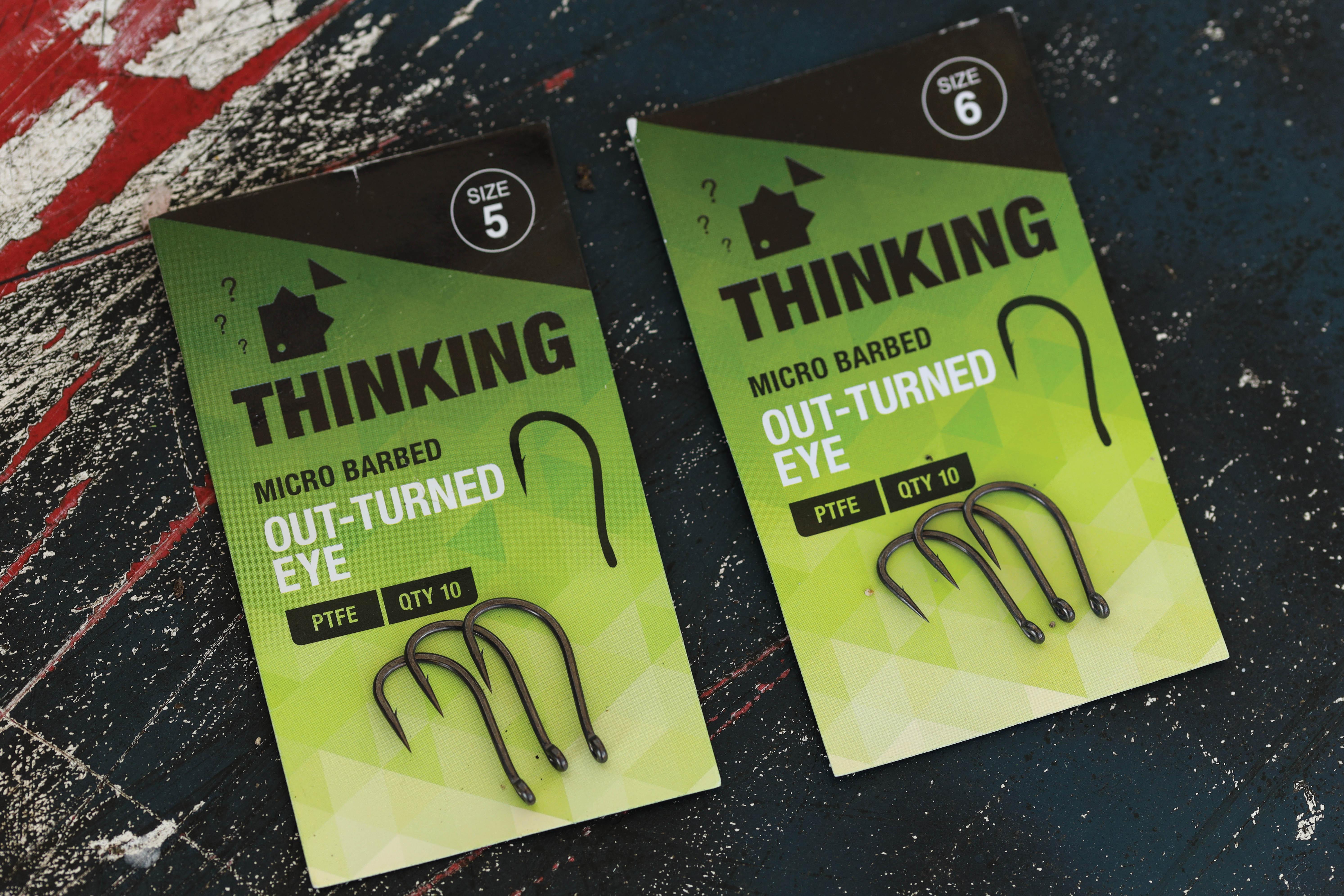Rigs According To Marcus Howarth
The former Carp Angler of the Year talks about how a change to pop-ups brought him a PB, what he never leaves home without, and much more…

Do you think we now focus too much on the mechanics of a rig, and have forgotten the importance of stealth? Surely, a carp that doesn’t sense fear will be easier to hook…
“For me, personally, these are both important factors, but the mechanics of a rig edges it slightly. Whichever rig you are using, it must work correctly, to hook your quarry. Therefore, the mechanics of any rig are important. Rig concealment, though, can also prove key, and I’ll always try to blend my rig and lead arrangement in with whatever lake bottom I’m fishing over. I don’t want my set-up standing out like a sore thumb, putting the carp on edge. That will make them much harder to catch, for sure.”
Who influences you when it comes to rigs?
“My friends, mostly. Just sitting at a lake and bouncing ideas off each other has resulted in rig tweaks, and adjustments which have then seen me land some incredible carp. Names that spring to mind are David ‘Meeky’ Meeks, Dave Ball (the younger one) and ‘Little’ Nicky Dunn.”
Do you remember the first time you caught a carp after doing something new, that you’d not seen before?
“I do. I was 13 or 14 years old, and I was fishing Somerly Lakes in Ringwood, Hampshire. I was always a bottom-bait angler at the time, as I just could not get my head around a pop-up. Why would a carp eat something sitting up off the deck? It just didn’t seem right to me.
“I was catching my fair share, so it hadn’t crossed my mind to alter anything. Some of my friends were having success with pop-ups and we spoke about their use a lot. I was stubborn, though, so had never tried them. It wasn’t until I began to reel in my rigs and find that a leaf was masking my hook point, that I considered changing. The problem was worse on certain spots, and occurred most frequently in autumn and winter.
“One day, I decided to give them a go. I tied a rig with a simple Knotless Knot and put on a yellow pineapple pop-up, balancing it with a split shot. The pop-up was a couple of inches off the bottom. Well, I couldn’t believe it when I then had three bites and landed three fish, all within an hour of each other. The biggest was a common of 26lb 9oz, a PB at the time. As you’d guess, that changed what I thought about pop-ups. From then on, I never looked back.”
Do you have a particular rig that stands out from the rest, one which increased your catch rate significantly from the moment you used it, perhaps?
“I would probably say the D-Rig. It’s so simple and quick to tie, and the anti-tangle properties of the material I use to construct it make it super effective. I would often cast out when it was dark, and would have no issues with it tangling. The stiffness of the hooklink made it harder for the carp to eject the hookbait, and this resulted in more hook-ups. The D-Rig’s simply an awesome catcher of carp.”

When it comes to fishing in silt, what is your preferred hookbait: pop-up, wafter, one straight out of the bag or a weighted bottom bait?
“It really depends on the situation, i.e. what bait I’m using at the time and what sort of silt I’m fishing over. These factors dictate what rig I’ll use, so I don’t really have a preferred hookbait of choice. They all have their place in my angling at some point.”
How reluctant, or perhaps keen are you, to tweak your rigs? What indicators tell you that it’s time to change something… how do you know?
“I suppose I don’t change my rigs that much anymore, as I’m confident that what I use works. The only real tweaks are with hook size, and will depend on what type of bait I’m using. For my Stiff D-Rig, I use a size 6 hook for small baits—12mm boilies, small tiger nuts—and a size 5 for bigger baits—16mm boilies and Snowman Rig-fished baits.
“The other thing I might alter is the length of my rig. I will lengthen or shorten it depending on what bottom I’m fishing over. If there’s a bit of weed or leaf matter about, I’ll lengthen it. Conversely, if it’s a really clean spot, I’ll shorten it.”
When does lead shape and size become important? What factors dictate a change?
“A 3.5oz lead is standard for most of my angling. I will change the size, depending on how far out I’m fishing. If I can lower it in the edge or drop from a dinghy, I will up the lead size, as I believe a heavier lead will help convert a pick-up into a hooked carp.”




